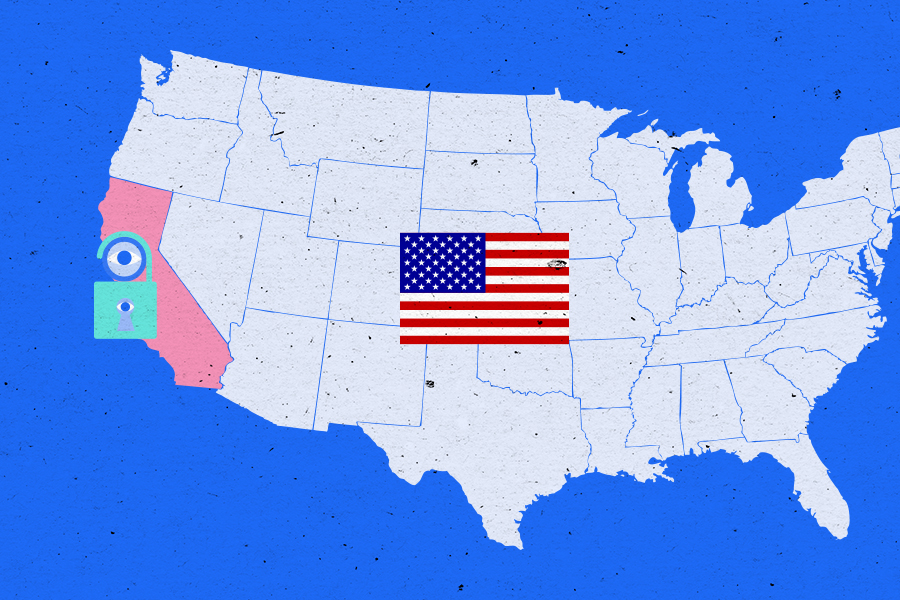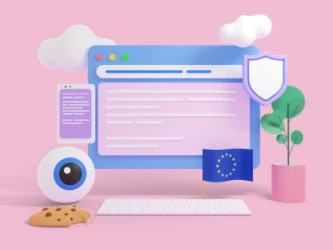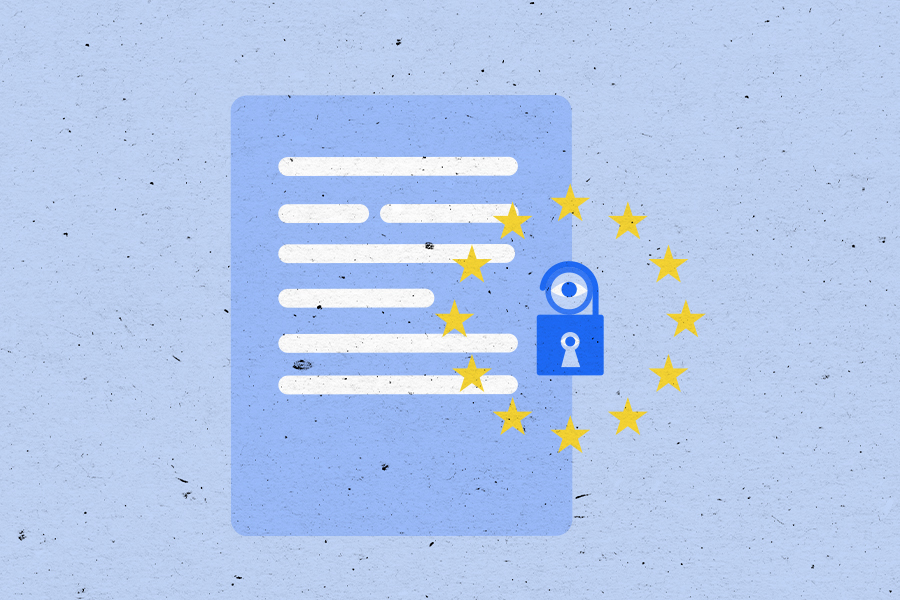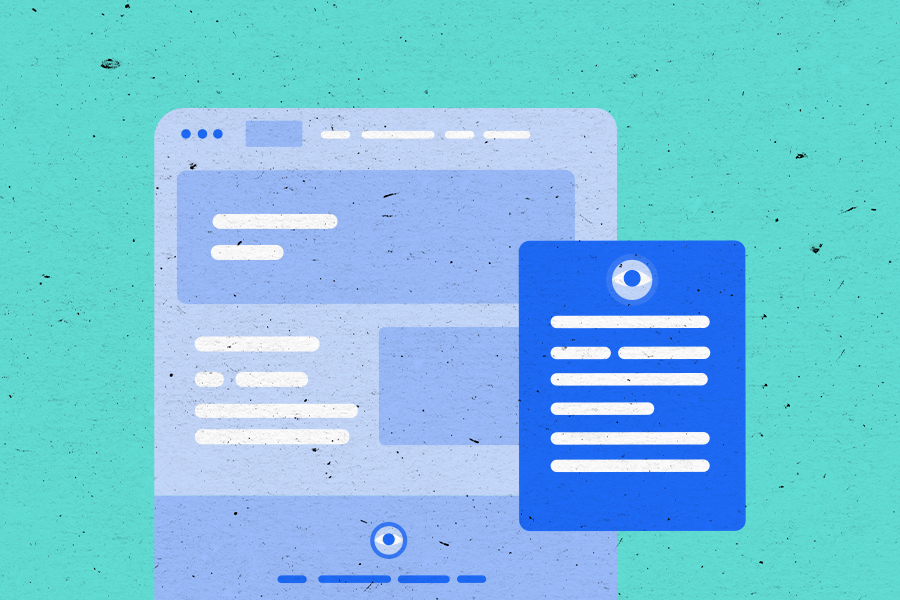Setup Google Consent Mode V2 with Google Tag Manager
Watch the Video Guide How consent mode works Google Consent Mode works by communicating a user’s consent states to…

Watch the Video Guide How consent mode works Google Consent Mode works by communicating a user’s consent states to…




Create a GDPR-ready Privacy Policy, Terms & Cookie Banner in under 5 minutes.

Understanding the different types of personal data that should be disclosed in a GDPR-compliant privacy policy isn’t easy, especially in an online world where people are tracked in innumerable ways.

When everyone's busy looking for love, the privacy risks of dating apps are typically an afterthought.

In this article, we’ll cover the pros and cons of the GDPR and how small businesses can adapt going forward.

While there are no legal privacy policy language requirements per se, you should make your policy as transparent and accessible as possible for your customers.

Depending on how your website is set up and managed, there are a couple of different ways you can publish your policy on your website.

According to data privacy laws like the GDPR, any website or platform that collects personal data about consumers should have a privacy policy.

Whether you’ve got a standard website, blog or mobile app, there are a number of places you can display your privacy policy.

Key online privacy issues and obligations for solo business owners.

Many businesses choose to develop both web app and native app versions of their product or service, but do you really need a different privacy policy for each?

While they’ve become a permanent fixture in our routines, smartphone apps harvest and hold reams of our personal data.
